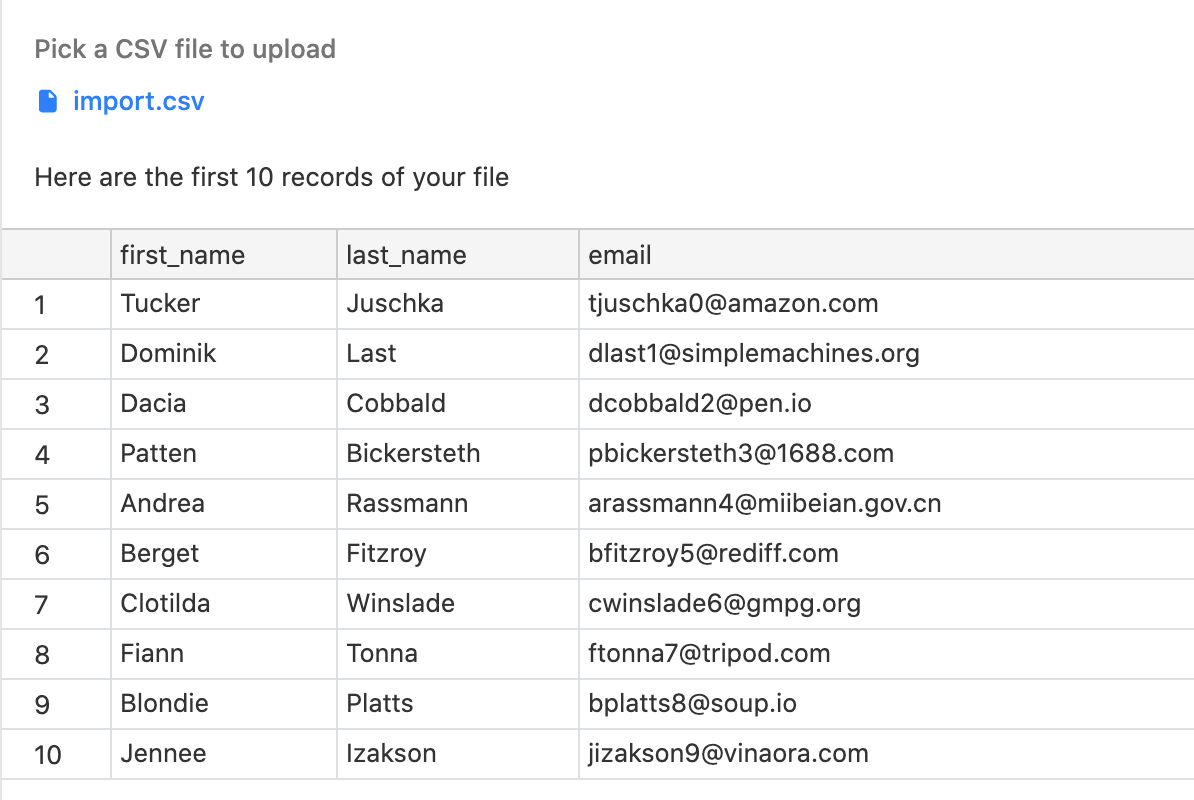

But by and large, the end user is in Airtable. Note: Yes, I know, automations can trigger actions outside of Airtable. For any code you want to run in Airtable you'll be using either scripts, automations, or the custom app SDK.
#Script airtable software#
When you are building in Airtable, the user is logged into Airtable and using your software within the Airtable interface. in Airtable) or outside Airtable in another app or tool (i.e. Who is your user and what do they need? This age-old question is still the first one to ask as you begin to consider which Airtable developer tools to use.Īt a high-level, you can classify Airtable's suite of developer tools as either supporting use cases that happen inside the Airtable interface (i.e. Read Part 1: Scripts, App SDK, REST API, Sequin 👇.The Complete Developer's Guide to Airtable (3 Part Series) This guide aims to help developers navigate Airtable and build great applications on this growing platform.
In the span of a year, Airtable went from a simple REST API to now supporting scripting, a custom apps SDK, built in automations, and a small but growing ecosystem of third-party tools and services.Īs a developer looking to build on Airtable, where should you start? And what is the developer experience like? You might have missed the memo: Airtable is ready for developers. It's like having row-level access to your data in stripe_prod. We sync data from third-party APIs like Airtable and Stripe right to your Postgres database in real-time. We're Sequin and we help developers skip API integrations.


 0 kommentar(er)
0 kommentar(er)
